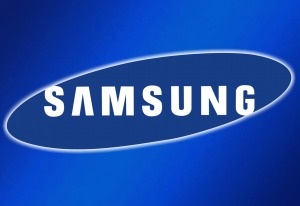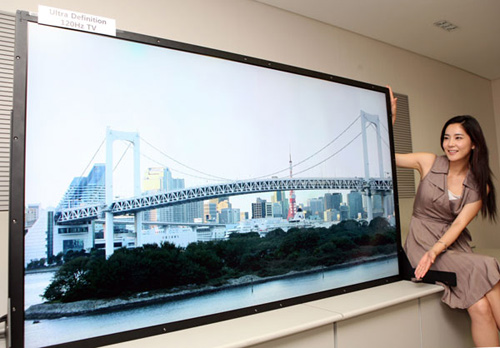Reviews
 |
Roborock Saros 10 review - Great, but not perfect
We tested Roborock Saros 10 robot vacuum for more than two months in order to see whether it is really worth its hefty price tag. The mopping, self-emptying Saros 10 was mostly great, even perfect. But its object avoidance was bit disappointing.
|
 |
Roborock S8 MaxV Ultra review - obstacle avoidance doesn't work as it should, otherwise almost perfect robot vacuum
We put the Roborock S8 MaxV Ultra through a very, very long review process. The $1800 mopping robot vacuum is almost perfect, but its obstacle avoidance was surprisingly bad, considering the price - and compared to its competitors.
|
 |
Sharge x OnePlus Pouch review: Beautiful power bank that supports SuperVOOC charging
In our review, we take a look at Sharge's power bank that supports OnePlus SuperVOOC quick charging technology as well as standard USB PD charging. It has small design flaws, but despite those, the Pouch is very nice product.
|
News archive
 The electronics giant Samsung has introduced a new LCD TV this week at the 2008 SID symposium in Los Angeles that sports "ultra definition" resolution of 3840x2160, or 2160p.
The electronics giant Samsung has introduced a new LCD TV this week at the 2008 SID symposium in Los Angeles that sports "ultra definition" resolution of 3840x2160, or 2160p.














